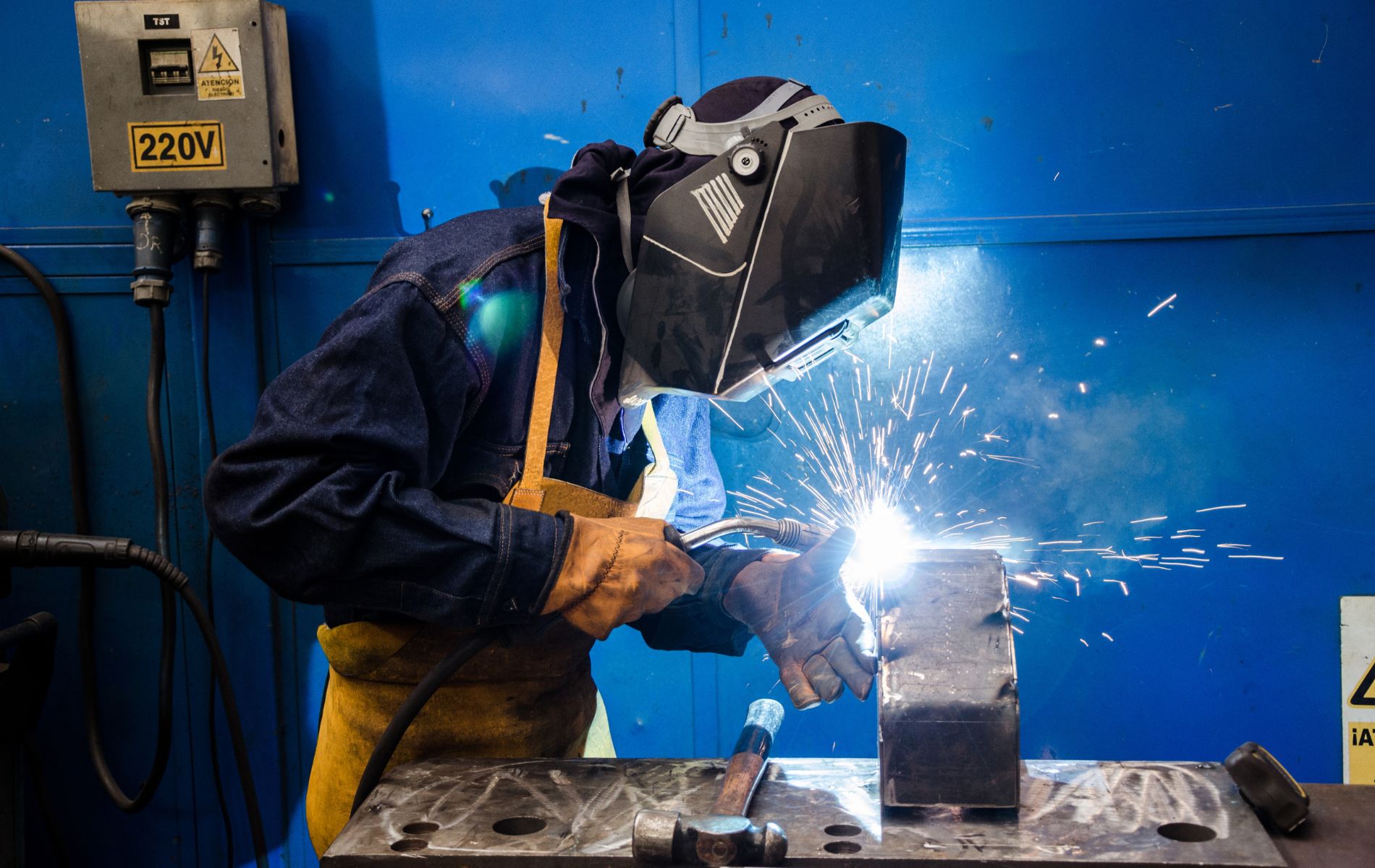
Sustainable Growth: How Steel Manufacturing Firms in India Are Turning Green
The steel sector is a pillar of economic development, offering critical materials for construction, infrastructure, and manufacturing. Yet, conventional steel manufacturing is among the biggest carbon emitters and polluters of the environment. With the world embracing sustainability, Steel manufacturing firms India are turning to green manufacturing systems to lower their environmental impact.
With a strong push from government policies, technological innovations, and corporate sustainability initiatives, India’s steel sector is undergoing a significant transformation. This blog explores how Steel production companies India are adopting sustainable practices to ensure eco-friendly growth while maintaining production efficiency.
The Environmental Impact of Steel Production
Steel production is energy-consuming, involving vast quantities of coal, electricity, and water. It accounts for almost 8% of total CO₂ emissions worldwide, thus sustainability is an important challenge. Steel production businesses India are increasingly looking to curb carbon emissions, reduce waste, and use cleaner energy sources in order to align with international environmental objectives.
Top Strategies for Sustainable Steel Production in India
1. Use of Green Hydrogen in Steel Production
One of the largest green technologies in sustainable steel manufacturing is the application of green hydrogen to replace coal. Steel manufacturing firms India are placing investments in hydrogen-based Direct Reduced Iron (DRI) processes to drastically reduce emissions. Firms such as Tata Steel and JSW Steel are at the forefront of hydrogen adoption.
2. Enhancing Use of Electric Arc Furnaces (EAFs)
Electric Arc Furnaces (EAFs) consume less energy and emit less CO₂ than the conventional blast furnaces. Several Steel production companies India are changing over to EAFs in order to reduce their carbon emissions while retaining production levels at their peak.
3. Recycling and Circular Economy Practices
Steel recycling eliminates virgin raw material requirements, decreasing emissions and energy consumption. Steel industry companies India are boosting the utilization of scrap steel, endorsing a circular economy that minimizes waste and boosts sustainability.
4. Integration of Renewable Energy
Most steel factories are being powered with solar and wind power these days, lowering their reliance on fossil fuels. JSPL and SAIL are some of the companies that have initiated using renewable power in their units, lowering their carbon footprints immensely.
5. Carbon Capture and Storage (CCS) Technologies
In order to fight emissions, Steel production companies India are investing in Carbon Capture and Storage (CCS) technologies. This process traps CO₂ emissions from steel mills and stores them underground or uses them for industrial purposes.
Government Policies Encouraging Green Steel in India
The Indian government has launched a number of initiatives to promote Steel production companies India to use green technologies:
National Steel Policy 2017 – Seeks to make Indian steel production more sustainable.
- Perform, Achieve, and Trade (PAT) Scheme – Encourages energy efficiency in the steel industry.
- Green Hydrogen Mission – Promotes industries to switch over to hydrogen-based manufacturing.
- Renewable Energy Targets – A thrust towards utilization of solar and wind energy in industrial units.
- Challenges in Achieving Sustainable Steel Production
Although Steel production companies India are going a long way in improving, some issues persist:
- Heavy Initial Investment Costs – Green technology involves massive investments, which might not be viable for everybody.
- Green Hydrogen Availability – Large-scale production and availability of hydrogen are still in the nascent stage.
- Carbon Capture Infrastructure – The incorporation of CCS technologies depends upon sophisticated infrastructure as well as favorable regulations.
Future of Green Steel in India
Even with difficulties, the future is bright for Steel production companies India in sustainable steelmaking. With sustained government assistance, innovations, and rising demand for low-carbon steel, the industry will be greener by 2030.
Conclusion
Sustainability is not a choice but a requirement for the steel sector. Steel manufacturing firms India are going a long way in minimizing their environmental footprint by embracing green hydrogen, enhancing the utilization of recycled content, and incorporating renewable power. With sustained innovation and robust policy support, India is poised to become a leader in sustainable steel manufacturing.
